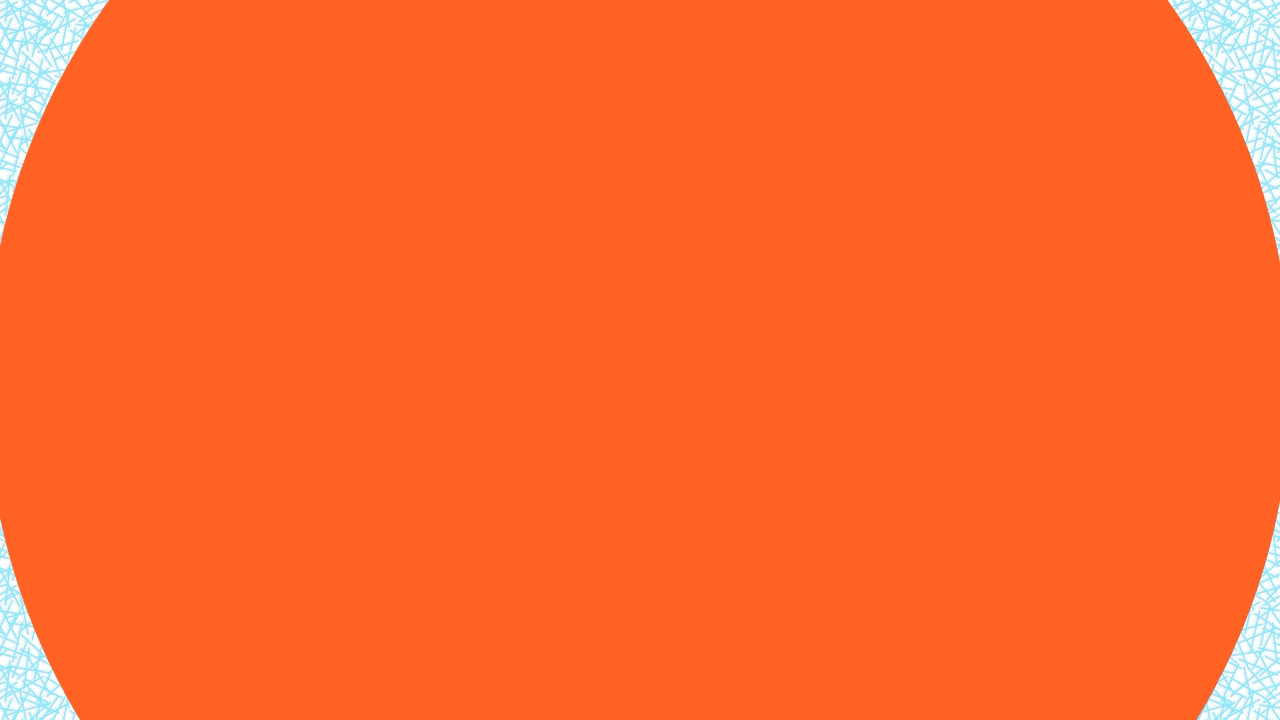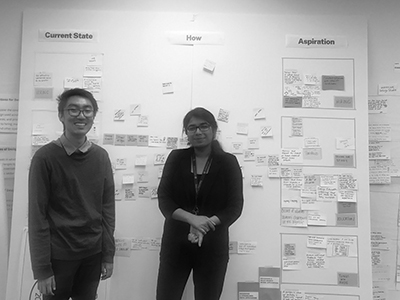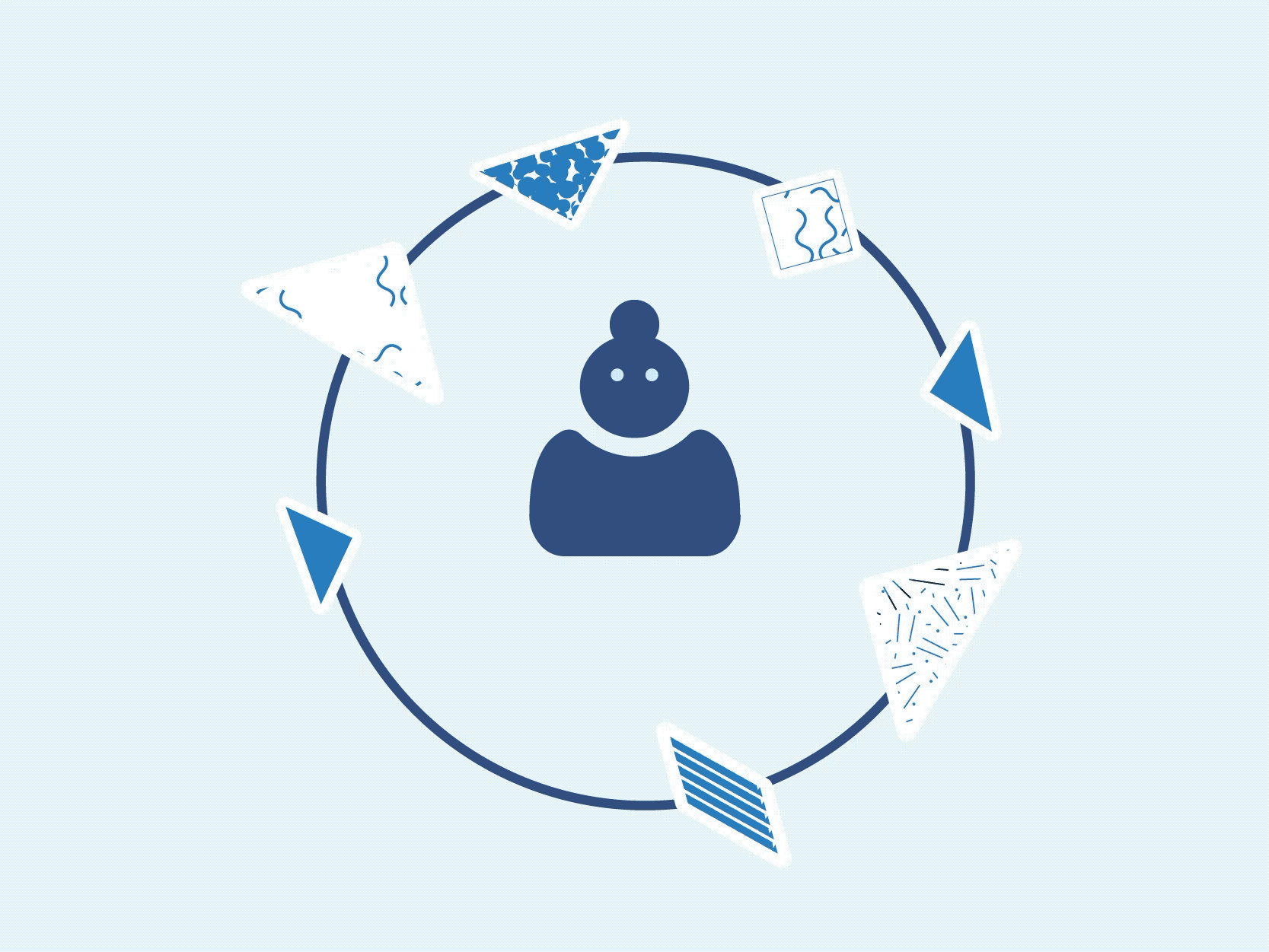Products v. Services
A Rational Balance is Necessary

Product Designers and Service Designers typically distinguish themselves thusly: product teams make things: things like features, forms, shopping carts, and interfaces. Service design teams make “processes”: service maps, learning flows, blueprints, theoretical frameworks to be applied in real-world situations. Neither one wants to be the other, and, in the zero-sum game of design-world intrigue, both want to prove their greater value to the org in the pursuit of budget dollars. It’s the creatives versus the strategists; the in-the-studio-until-9-pm-ers versus the in-back-to-back-meetings-without-lunch-ers. It’s cutthroat; it’s divisive; it’s incredibly silly.
From a design management perspective, separating product and service design is not only a false dichotomy but also basically misunderstands the relationship between products and services. Products and services need each other: products are the stars of your participants’ experience with your organization. A beautiful, well-designed product can calm nerves, spark curiosity, and create an emotional bond with participants. Services are the invisible connections between products that make rational, cogent, and sometimes joyful experiences out of a business’ various products.

Separated, products and services can both fall flat on their faces. To start with, products never exist in a vacuum; they inevitably sit inside larger systems and affect the products around them, intentionally or unintentionally. Unmoored from robust services, they're just random things in the world, although some will probably shine brighter than others.

In this way, products and services make sense of each other. In the same way we draw lines between stars to group them into easily identifiable, useful shapes, design teams should link products and services together into useful, rational, and beautiful systems. Even if the product is just a letter or print out1 that's given to participants to encourage them to engage with a service, that service can’t speak for itself without that letter. And the letter as a product has no meaning without a robust service to give it meaning.
In the absence of great service design, products are just random things in the world. Without products, service design teams often find themselves leading vague organizational endeavors like teaching teams design thinking or meticulously unpacking every team’s vision for its future.
I realize that service design is the buzzword right now; product design feels tired after a decade of full-throttle development. But I encourage designers and leadership to look closely at the returns of investing too much in either product or service design teams. A rational balance of the two is needed. Taken separately, both are limiting. Without product, service is just random dots of light in the sky; without product, service evolves haphazardly and without grounding points. Get your teams to talk, and bring them along for the bigger, more strategic vision.
- For an example of a product like this, please see the Telehealth Toolkit project.


